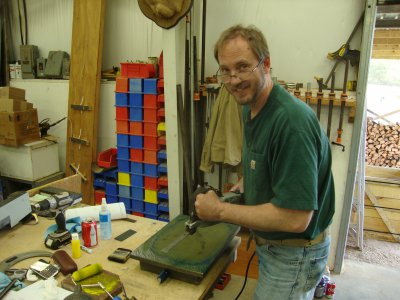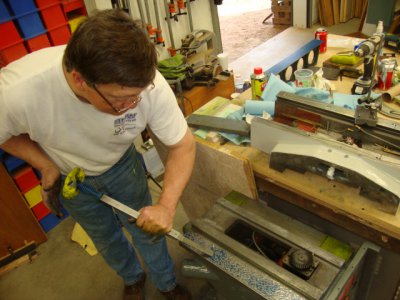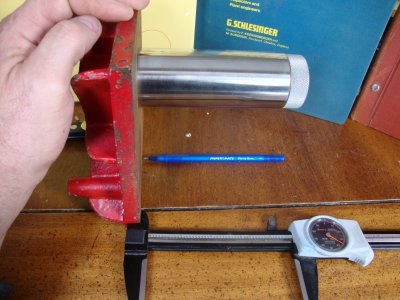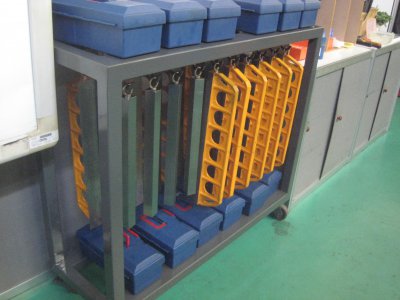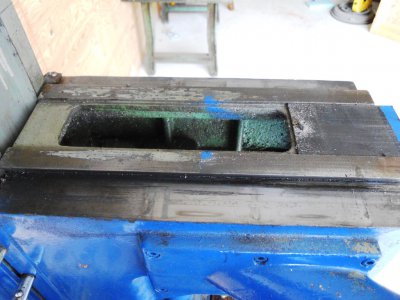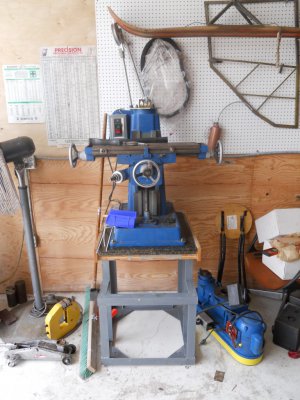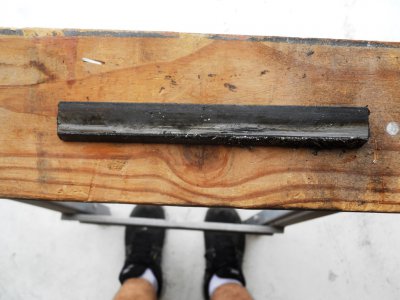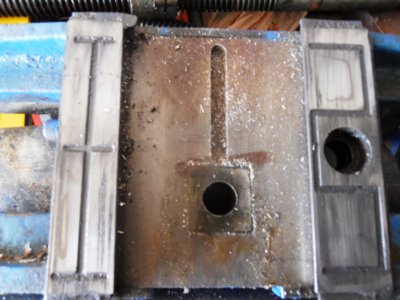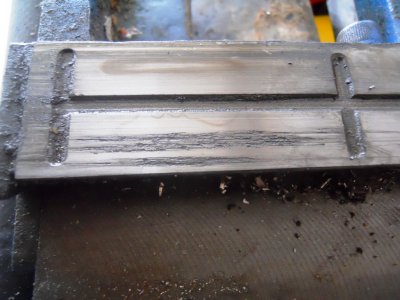- Joined
- Dec 23, 2012
- Messages
- 25
What about starting with a surface that has been ground on a surface grinder? I have several machines that really need cleaned up and was thinking that a surface grinder would straighten and flatten out to create a good surface to start with. Tim
You could certainly scrape from a surface ground surface. It's a litter harder to get a "bite" on the first pass with the scraper.
But why would you scrape after surface grinding? The grinder should leave everything nice and true. You could flake it after to get the oil pockets and be done really quickly.
Last edited:

